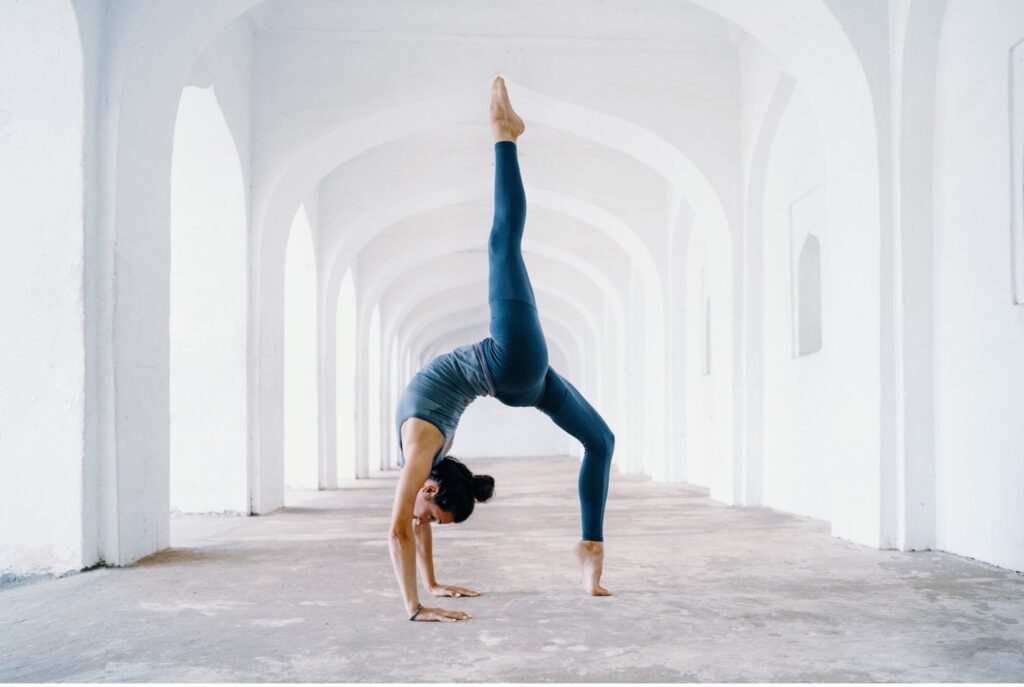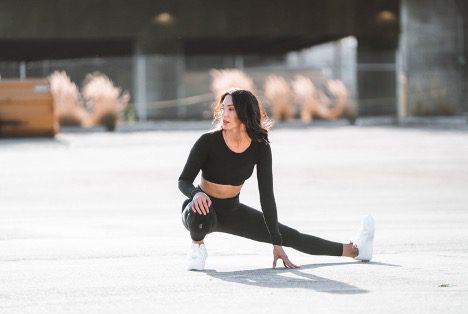Each month, we are examining the core principles of one of the ten concepts of the WELL Building Standard. The Standard identifies over 100 performance metrics, design strategies, and policies that are divided into ten sections or concepts: Air, Water, Nourishment, Light, Movement, Thermal Comfort, Sound, Materials, Mind, and Community. This month, we’re learning more about the Movement Concept.

THE MOVEMENT CONCEPT
INTRODUCTION
The Movement Concept of the WELL Building Standard is a holistic approach to designing buildings that promote the health of people, communities, and ecosystems. It examines how buildings affect human movement patterns and introduces a series of strategies for designing spaces that support healthy movement.
Our modern lifestyle often encourages a sedentary lifestyle by promoting behaviors and environments that discourage physical activity. Some factors that contribute to this include desk jobs, the wide use of technology, commuting, urbanization, increased screen time, and modern conveniences. All of these factors can make it more challenging for people to incorporate physical activity into their daily routines, leading to a more sedentary lifestyle. However, there are strategies that individuals and communities can adopt to promote physical activity.
GOALS
The Movement section includes a wide range of performance metrics, design strategies and policies that support human movement. These include strategies for creating spaces that are accessible to people with disabilities, as well as creating environments where pedestrians can comfortably walk from place to place without any barriers or obstacles. Some of the design strategies and policies include:
- Facilitating all types of movement through intentional design of interior spaces: this includes physical activity, exercise, and reduced sedentary behavior.
- Implementing ergonomic design at workstations to reduce the risk of physical strain on the body: this includes:
- neutral position for seated and standing work
- alternating seated and standing positions
- adjustable workstation heights
- adjustable monitor heights
- adjustable chairs
- external monitors for laptops
- anti-fatigue mats and footrests
- Encouraging the use of stairs through placement in the building, aesthetic design, visibility of staircases, and signage.
- Providing facilities that encourage movement: showers, lockers, changing facilities, cycling infrastructure.
- Promoting an active lifestyle and physical activity through site planning and selection: nearby amenities and public transportation that facilitate walkability.
- Discourage prolonged sitting or standing and encourage movement, postural breaks, and switching positions through active workstations like a treadmill desk, bicycle desk, or stepper machine.
- Encourage physical activity and exercise through free opportunities for occupants, and access to activity spaces and equipment at no charge.
- Providing physical activity incentive programs and promoting self-awareness of healthy behaviours through wearable devices.
HEALTH IMPACTS OF A SEDENTARY LIFESTYLE
- Depression
- Anxiety
- Dementia
- Inflammation
- Musculoskeletal problems
- Type 2 diabetes
- High blood pressure
- High cholesterol levels
- Cardiovascular disease
- Obesity


WAYS TO SUPPORT DAILY MOVEMENT
- Design new buildings that support and encourage movement
- Use ergonomic workstations
- Encourage the use of stairs over elevators and escalators
- Encourage walking and cycling as methods of commuting
- Promote physical activity and exercise through workplace wellness programs
- Provide access to physical activity spaces and equipment
- Encourage physical activity and exercise through incentive programs
- Promote self-awareness through wearable technologies
At TSD we believe it is important for both professionals (architects, interior designers, and contractors) as well as building users (homeowners, business owners, school administration, maintenance personnel, etc.) to understand the problems as well as the potential solutions for creating and maintaining healthy interior spaces. We can do this by designing buildings that promote movement as well as implementing design strategies and policies that encourage physical activity and exercise.
If you want to know more about making your home or office a safer and healthier environment, reach out to us by email or DM us on Instagram. Also, stay tuned next month when we introduce the sixth WELL concept: Thermal Comfort.

Taleah Smith Design is an interior design studio based in Vancouver, British Columbia. We specialize in interior design that promotes wellness and sustainability. We believe your living space should promote a greater sense of health and wellbeing, and we approach this goal from many difference angles. If you would like to discuss a project, you can reach out to us here.
We also provide resources and consulting for other interior designers looking to integrate wellness and sustainability into their design practices. If you would like to learn more, contact us here.
